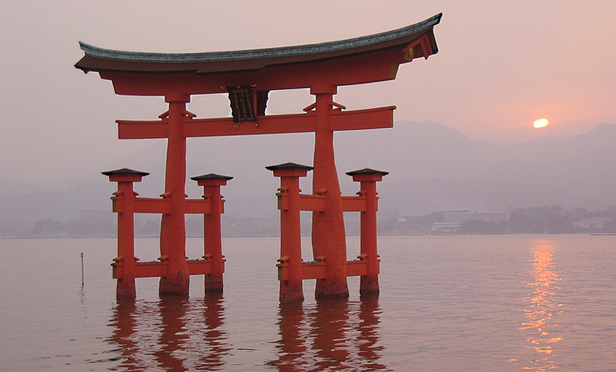The patent-damages landscape in Japan went through several important changes last year. Patentees now have additional bases to seek lost-profit damages and need not prove exploitation of patented inventions in Japan. Separately, a US$3 million-plus damages award to an individual inventor suggests not only increased damages prospects, but also liberal application of the entire-market-value rule, making the market demand for a patented feature, an established requirement in the U.S. for applying this rule, less relevant. Due to these developments, companies holding Japanese patent rights can now leverage these changes to strengthen their bargaining and litigation positions.
Lost Profits Available to Patentees Who Practice Patents Outside Japan
In seeking damages in Japan for patent infringement, patentees must prove (after proving patent infringement): (1) the defendant’s intent or negligence; (2) the causal relationship between the infringing act and damages; and (3) the amount of damages. The required intent or negligence, however, is presumed under Article 103 of Japan’s Patent Act, and the causation requirement is similarly nominal after a patentee has proved infringement. As to proving the amount of damages, Article 102 of Japan’s Patent Act enables patentees to pursue (a) lost profits based on patentees’ profit margin; (b) lost profits based on the accused infringers’ profits; or (c) reasonable royalty if actual damages are not established.






